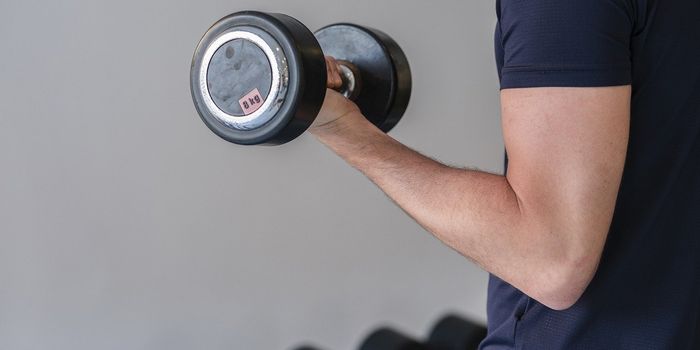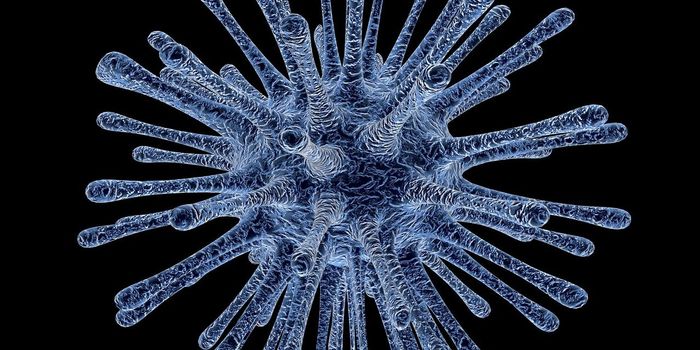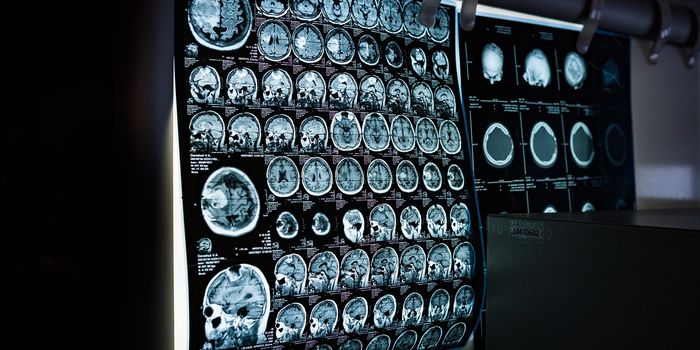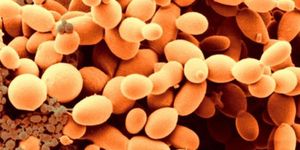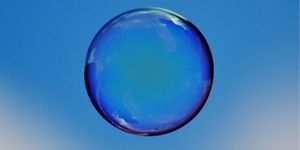Better learn to embrace your fat cells, because scientists have found unprecedented, awesome new uses for these cells. Using specialized conditions, scientists at the University of New South Wales (UNSW) Australia have successfully
reprogrammed fat cells and bone cells into multipotent stem cells, which have the potential to regenerate and repair tissues.
Stem cells have long been thought of as the key to regenerative medicine, as these undifferentiated cells have the capacity to turn into many specialized cells in the body. There are two sources of stem cells in humans: in the embryos and in the adults. Embryonic stem cells are derived from the blastocyst stage of a human embryo, and are pluripotent, meaning they are able to divide into every type of specialized cells in the body. Adult stem cells, in contrast, are tissue-specific and are considered multipotent, as they are limited in their differentiation potential.
These cells are highly prized precisely because their differentiation potential can be leveraged to regenerate and repair new tissues. But harvesting these stem cells organically is tricky and low-yielding. As such, scientists have tried to turn differentiated cells back into their undifferentiated states – a process known as cellular reprogramming. Other research teams have reported reprogramming success, but none have used fat and bone cells, and none have reported multipotency.

"We have taken bone and fat cells, switched off their memory and converted them into stem cells so they can repair different cell types once they are put back inside the body," said John Pimanda, Associate Professor at UNSW, and senior study author.
To achieve this landmark result, the team cultured fat or bone cells with 2 chemical concoctions. The first is a drug known as
Azacidine (5-Azacytidine, AZA), which promotes cell plasticity and makes the cellular mechanism more malleable to changes. The second compound is a platelet-derived growth factor-AB (PDGF-AB), which functions to transform the fat or bone cells into induced multipotent stem cells (iMS). The process takes 2-3 weeks in total.
Once the process is completed, the iMS were transplanted into damaged tissues in mice, where they regenerated new tissues and promoted wound healing. The authors compared the healing process by iMS to that of salamander limb regeneration, where wound repair and tissue regrowth is highly specific.
"This technique is a significant advance on many of the current unproven stem cell therapies, which have shown little or no objective evidence they contribute directly to new tissue formation," said Pimanda. Other methods of obtaining stem cells are either very tricky to obtain, or the reprogramming process has other inherent clinical dangers. "Embryonic stem cells cannot be used to treat damaged tissues because of their tumour forming capacity. The other problem when generating stem cells is the requirement to use viruses to transform cells into stem cells, which is clinically unacceptable," said Vash Chandrakanthan, the study’s first author who pioneered the technology.
The team is astounded by their results and they’re anxious to do more safety and efficacy testing before unleashing this tool to clinical trials. "The therapy has enormous potential for treating back and neck pain, spinal disc injury, joint and muscle degeneration and could also speed up recovery following complex surgeries where bones and joints need to integrate with the body," said Ralph Mobbs, the neurosurgeon from UNSW who’s already agreed to head the human trials when the time comes.
"We are currently assessing whether adult human fat cells reprogrammed into iMS cells can safely repair damaged tissue in mice, with human trials expected to begin in late 2017," said Pimanda optimistically.
Additional source:
UNSW press release
 "We have taken bone and fat cells, switched off their memory and converted them into stem cells so they can repair different cell types once they are put back inside the body," said John Pimanda, Associate Professor at UNSW, and senior study author.
"We have taken bone and fat cells, switched off their memory and converted them into stem cells so they can repair different cell types once they are put back inside the body," said John Pimanda, Associate Professor at UNSW, and senior study author. 
